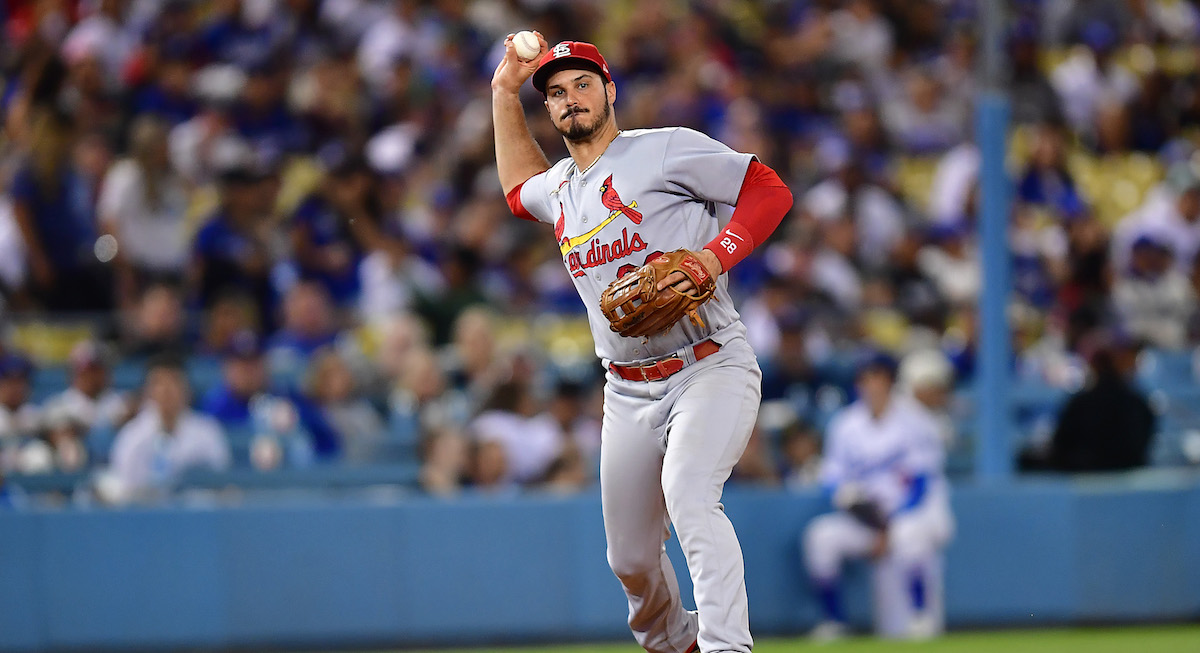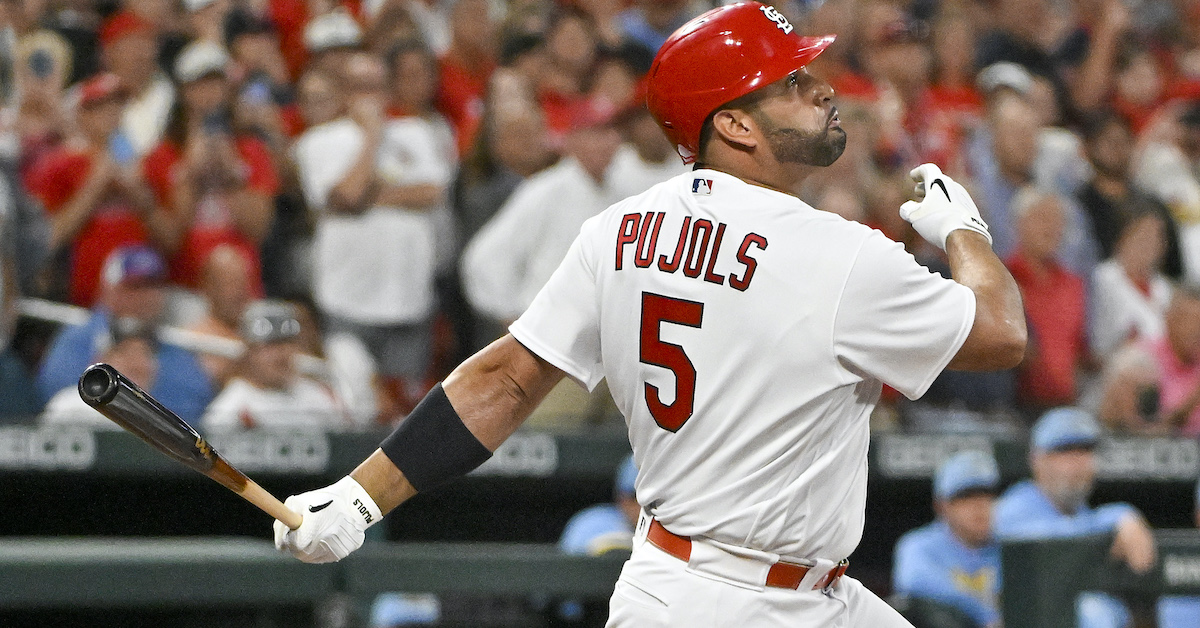Job Posting: St. Louis Cardinals Baseball Operations Fellow, Minor League Affiliate Fellow
Baseball Operations Fellow – 2023
Department: Baseball Operations
Location: St. Louis, MO, USA
Reports To: SRVPGM – Senior VP/General Manager
Summary of Responsibilities:
The St. Louis Cardinals are currently seeking candidates for a Baseball Operations Fellow position for 2023. This Fellowship is a one-year opportunity. At the end of the Fellowship, the Cardinals and the Fellow will jointly determine if there is an appropriate opportunity for full-time employment with the Cardinals. Fellows will not return in the same position in 2024. The Fellow will report directly to the Manager of Video Operations and will work on projects at the direction of senior leadership from the Baseball Development, Domestic & International scouting, Player Development, and Performance departments. Additional training may be provided in topics from scouting to analytics depending on the needs of the team and the Fellow’s interest.
The ideal candidate will have demonstrated a strong work ethic, the ability to learn and adapt to new processes, and a passion for baseball. The Fellowship will provide such a candidate with a broad range of experiences across Baseball Operations and the possibility of permanent employment.
- The Baseball Operations Fellow position is a full-time position including salary, health insurance, and benefits
- This position is from early 2023 through the end of the calendar year
- This position is in St. Louis, MO and will require relocation<
The St. Louis Cardinals are committed to building an inclusive organization where we have a diverse workforce as well as a culture where employees feel they belong and contribute their unique abilities to the team. This Fellowship is dedicated to continuously building a diverse staff, and we strongly encourage candidates who are members of historically marginalized groups, which may include, but are not limited to persons of color, LGBTQIA+, gender, veterans, and persons with disabilities, to apply. If you meet any of the qualifications listed below we welcome you to apply, or to reach out to us at hrinfo@cardinals.com for more information.
Essential Functions of the job:
- Assisting in the video capture and processing of domestic amateur, international amateur, and affiliated and unaffiliated professional baseball games
- Assisting Baseball Development and other groups within Baseball Operations with data collection and entry for analysis
- Communicate effectively with Baseball Operations staff and complete ad-hoc requests as needed
Education and Experience:
- Current college senior or postgraduate
- Strong interest in and understanding of baseball/softball
- Excellent written and verbal communication skills
- Strong organizational skills
- Aptitude and comfortability with Microsoft Excel and Google G-Suite (e.g. Docs, Sheets, Slides)
- Proficient with computers, iPads, and other electronic devices
- Ability to work weekdays, nights, weekends, and holidays
To Apply:
To apply, please follow this link.
Minor League Affiliate Fellow
Department: Baseball Operations
Location: USA
Reports To: SRVPGM – Senior VP/General Manager
Summary of Responsibilities:
St. Louis Cardinals are currently seeking candidates for this position to be located at each of our domestic minor league affiliates and our Dominican Republic Academy. The Minor League Affiliate Fellow will manage all aspects of video and technology at these locations in supporting the minor league coaching staff (manager, hitting coach, and pitching coach). The data collected from video and technology will be utilized to provide feedback to players for development.
Pre-game this position will manage distribution, set up and usage of all baseball & sport science technology; during the game this position will manage technology resources for the minor league coaches from the dugout. Post-game this position will ensure all data and video collected from the day is available for reporting & analysis; create reports for players and coaches as required. This position will work directly with the Video & Technology Team and reports to the relevant minor league manager for day-to-day responsibilities at the affiliate.
The ideal candidate will have demonstrated a strong work ethic and impressive intellect. The position is a seasonal job for the 2023 season only, but may lead to full-time employment in Player Development, Scouting, or elsewhere within Baseball Operations.
The Minor League Affiliate Fellow position is considered a full-time position including salary, health insurance, benefits, housing stipend and meal money during road trips.
Essential Functions of the Job:
- Manage baseball & sport science technology and video capture at the affiliate (e.g. Trackman, Blast Motion, Edgertronic Camera, Polar, Whoop, etc.).
- During the game, depending on staff needs:
- Manage in-game capture of technology and video from the dugout
- Quality assurance of the video and data collected for analyses
- Communicate any implementation issues to Technology Specialist / Technology Integration Coordinator that are not remediated through initial troubleshooting
- Attend Spring Training and travel with assigned minor league team on the road
Education and Experience:
- Postgraduate or college senior available to start work during Spring Training
- Proven ability to use and troubleshoot baseball or sport science technology (like pairing portable trackman to an Edgertronic camera, syncing wearable technology to a mobile device, etc.)
- Familiar with and/or demonstrate the willingness to learn technology such as Blast Motion, Trackman, and video integration
- Ability to communicate effectively and efficiently
- Proficient with computers, iPads, and other electronics
- Ability to work weekdays, nights, weekends and holidays
- Spanish fluency a plus
To Apply:
To apply, please follow this link.
The content in this posting was created and provided solely by the St. Louis Cardinals.









